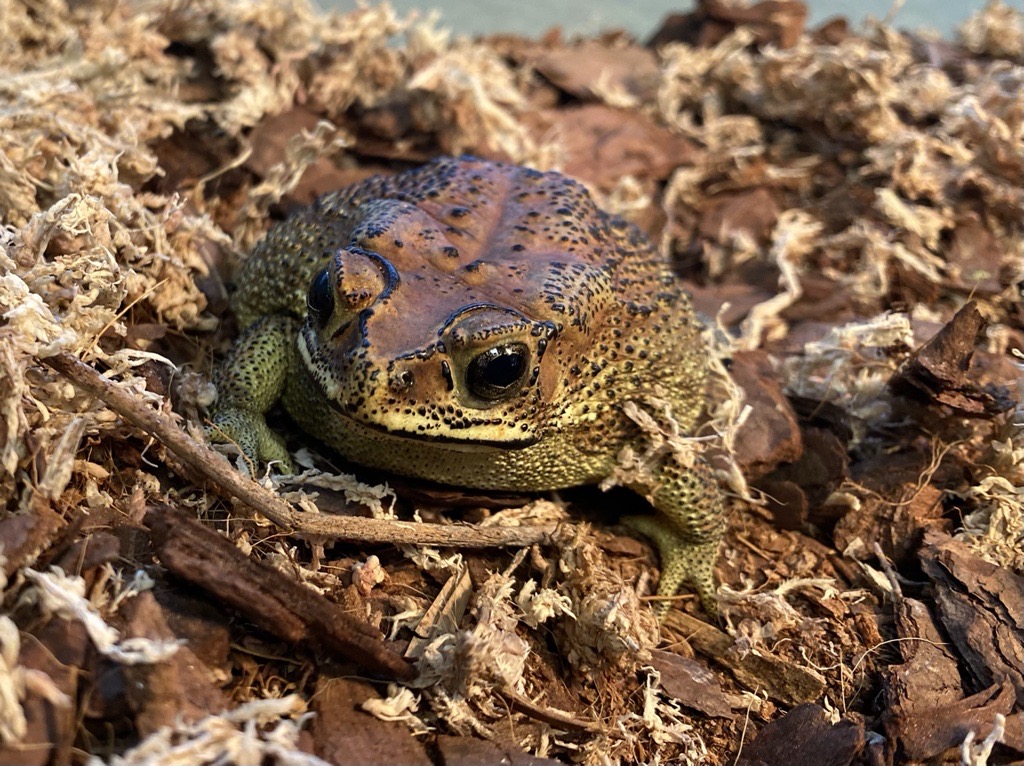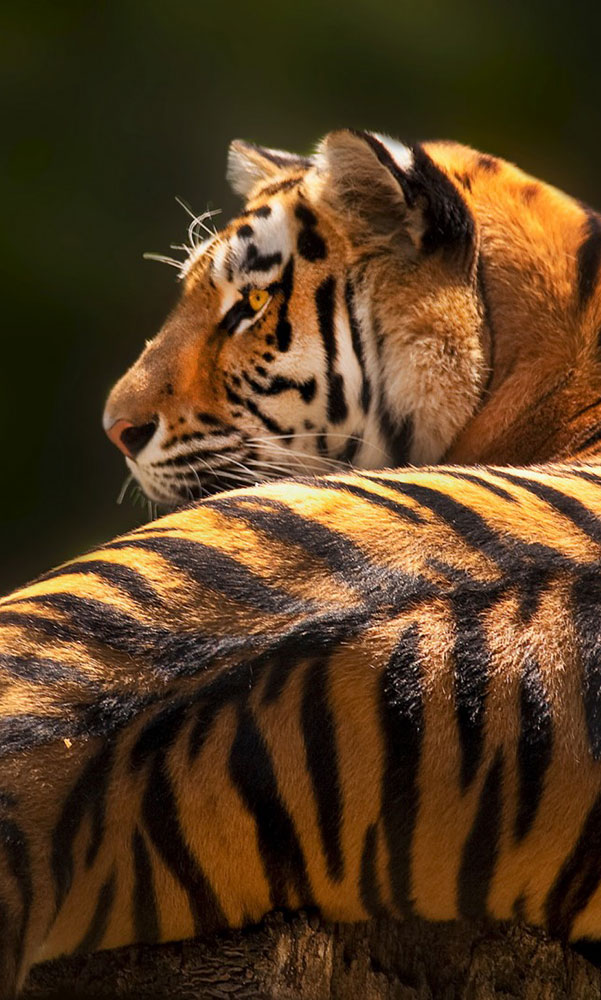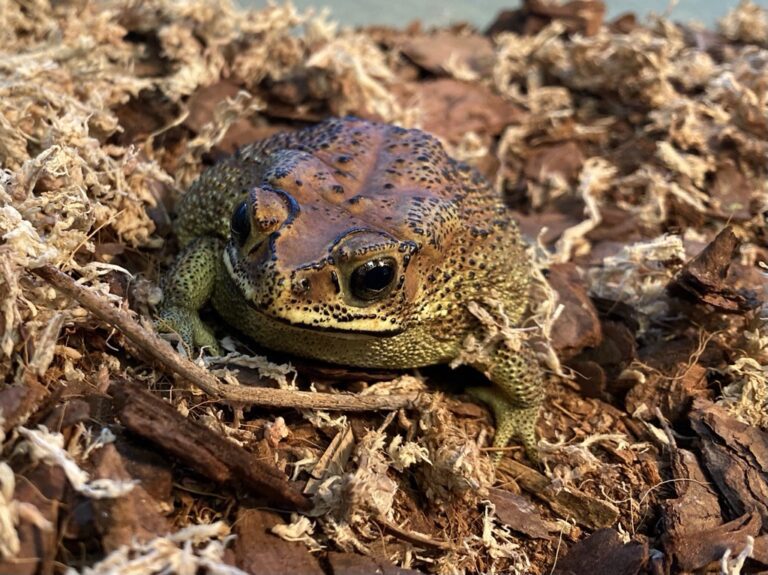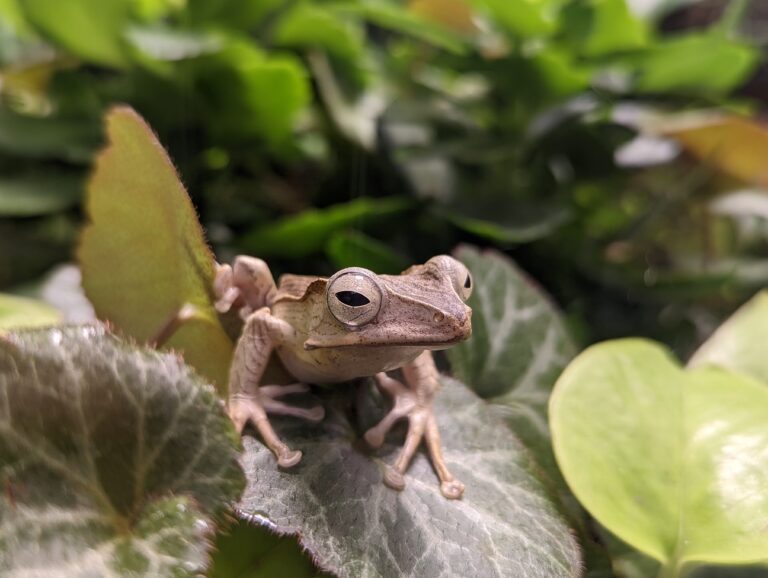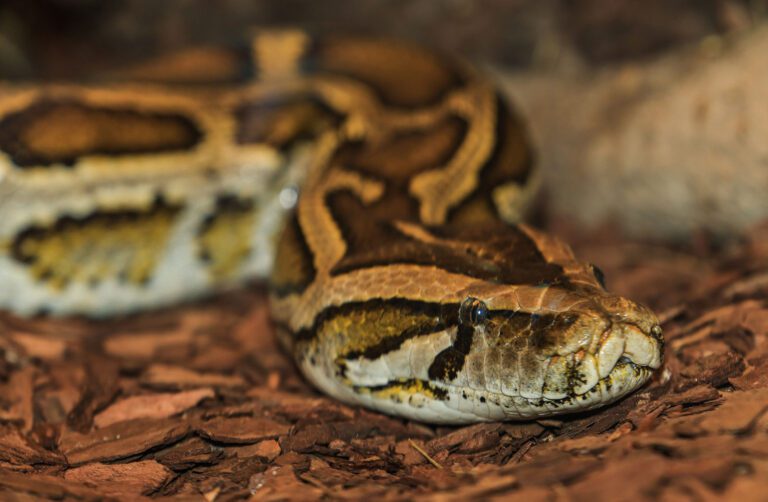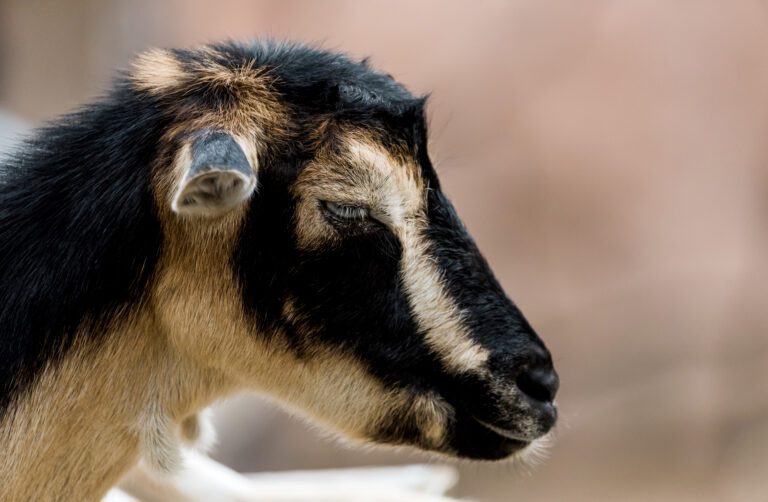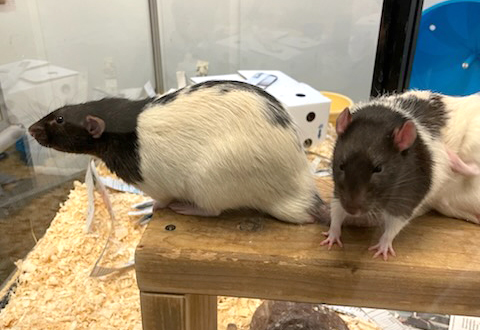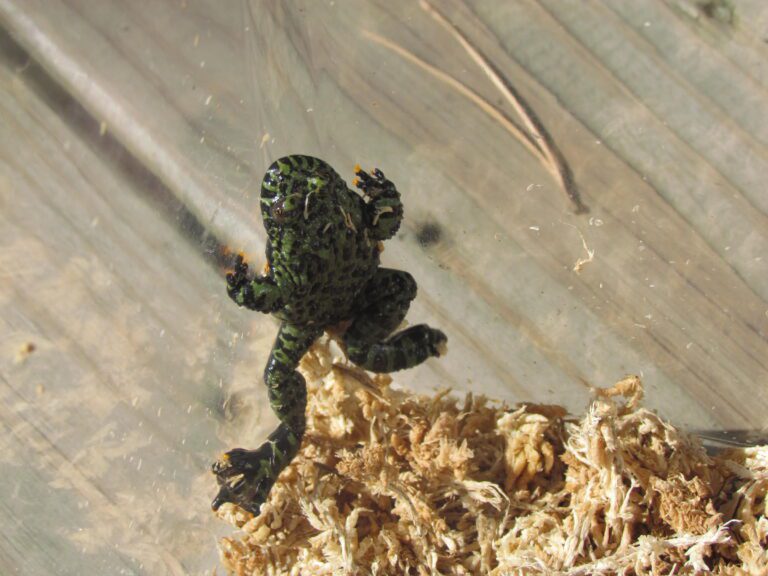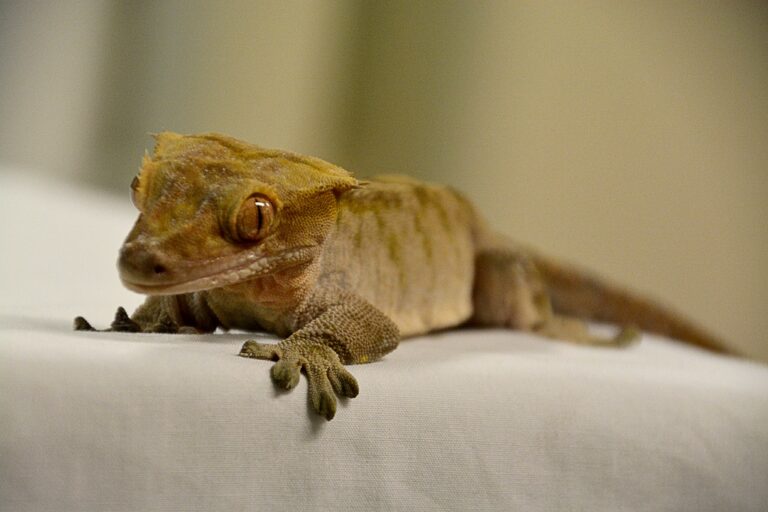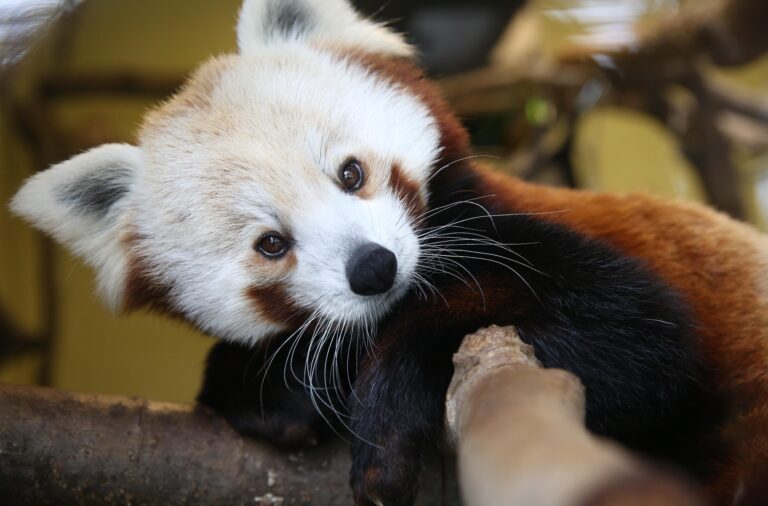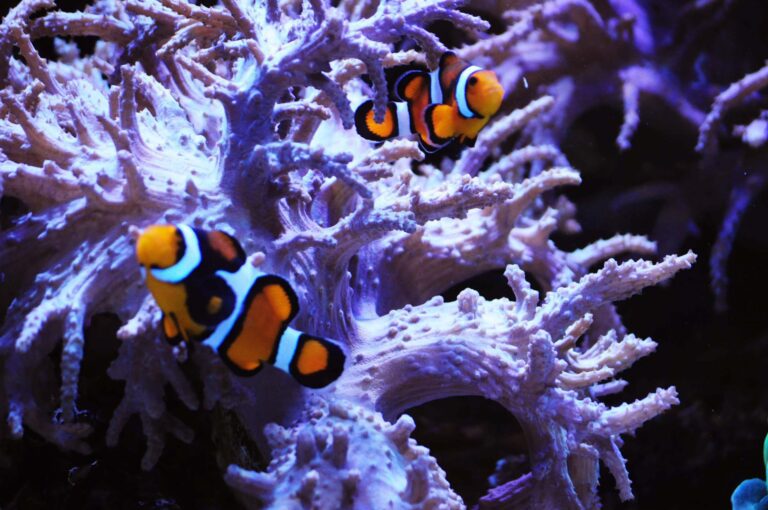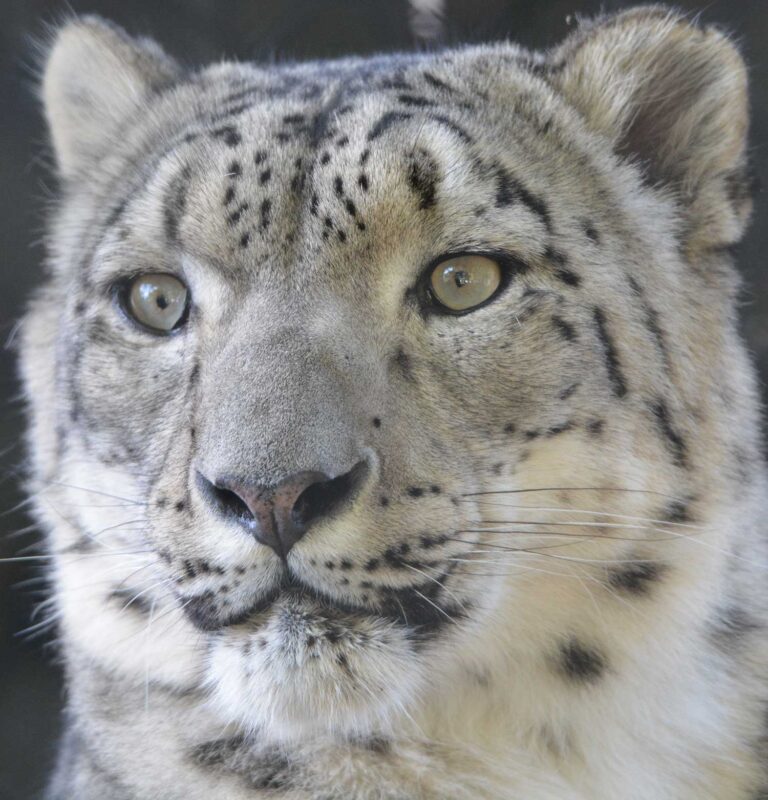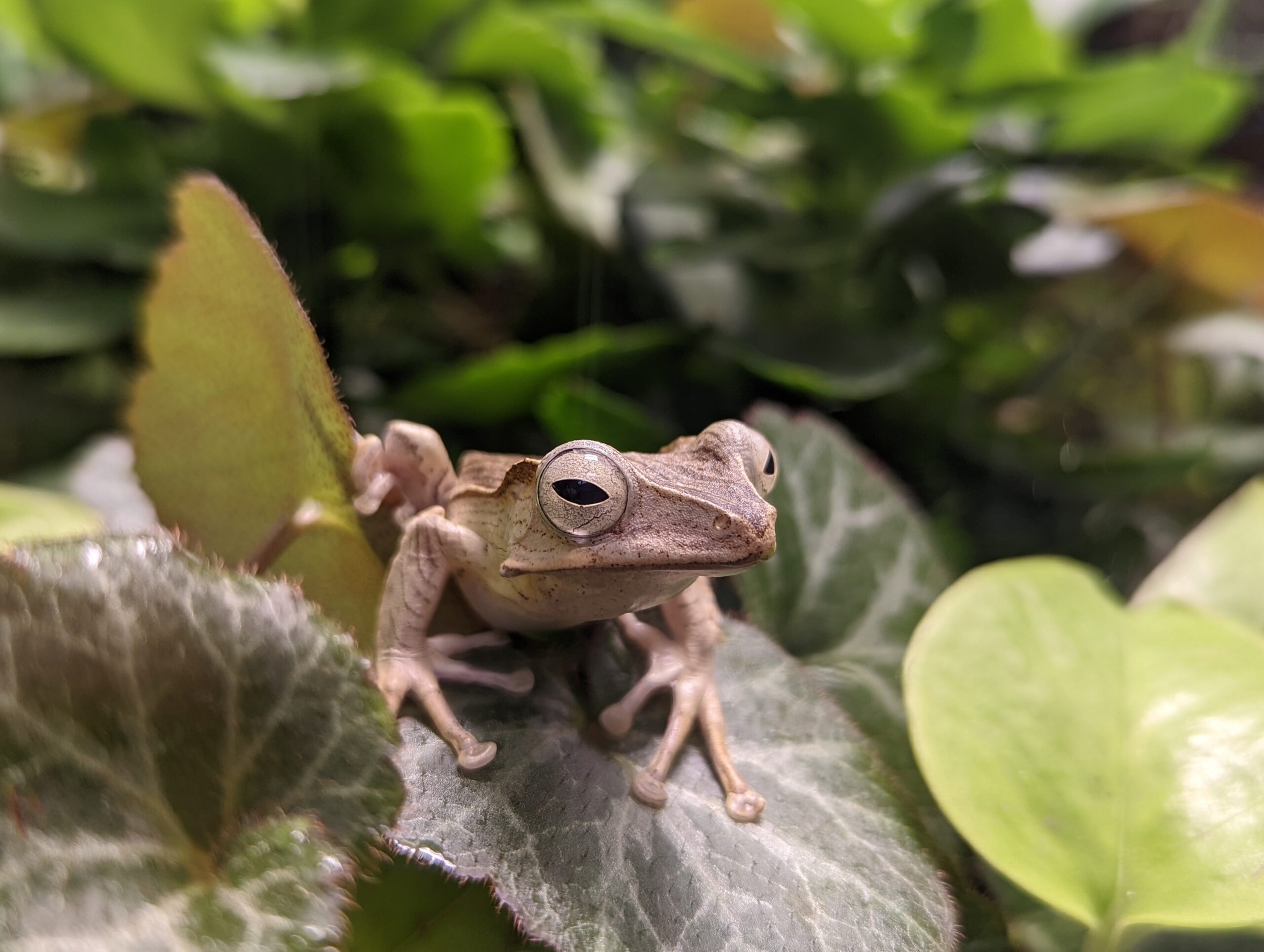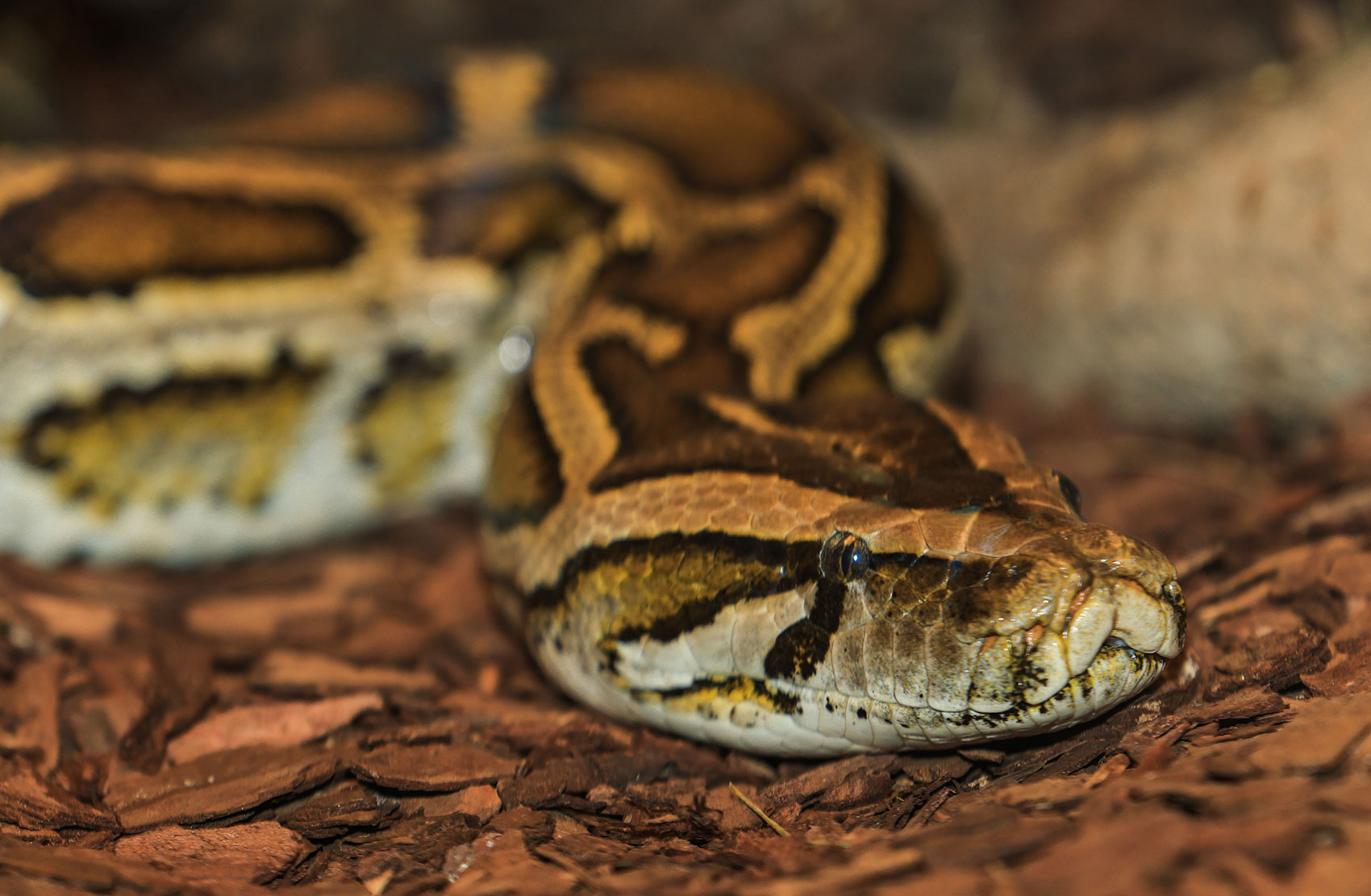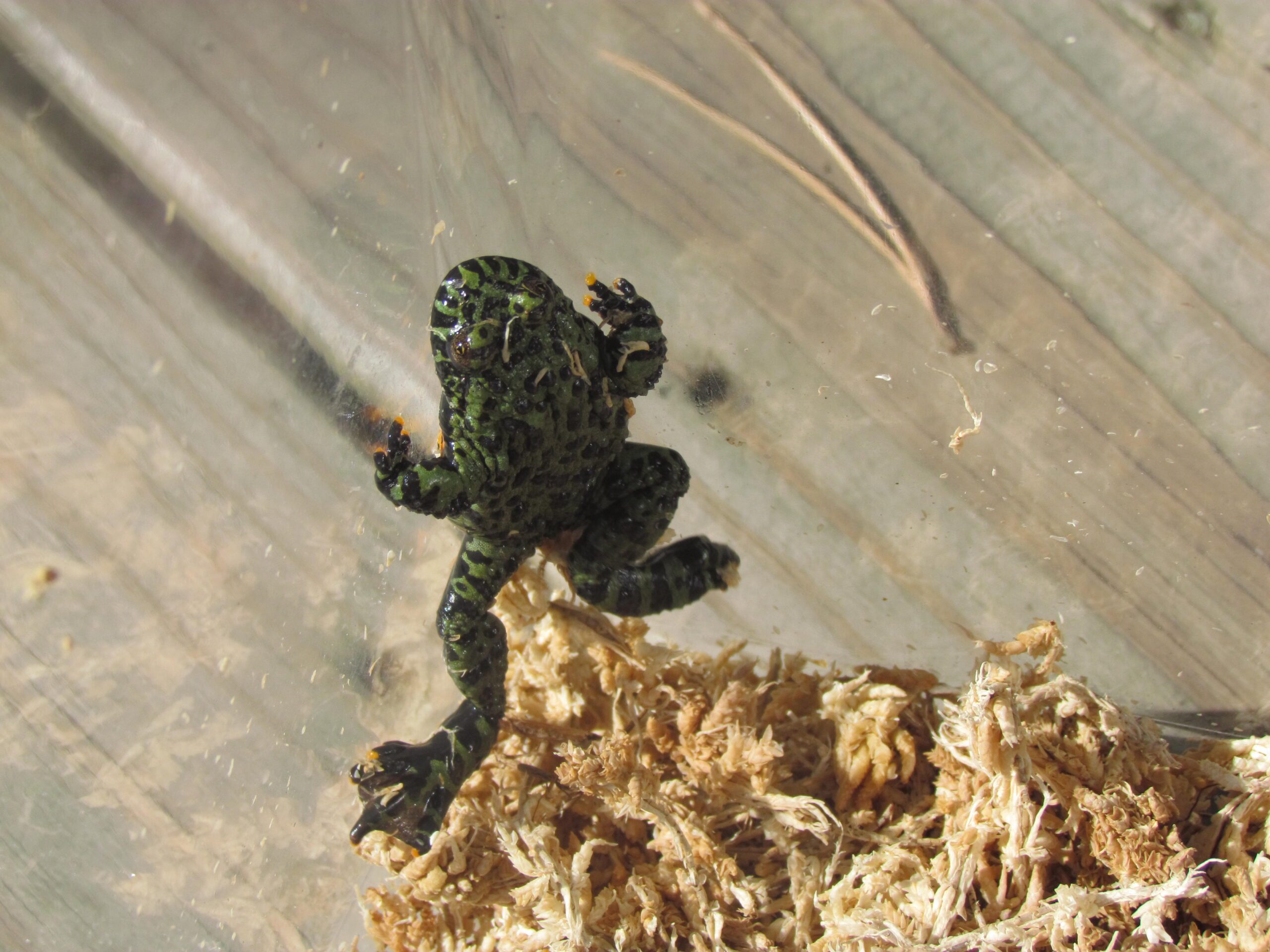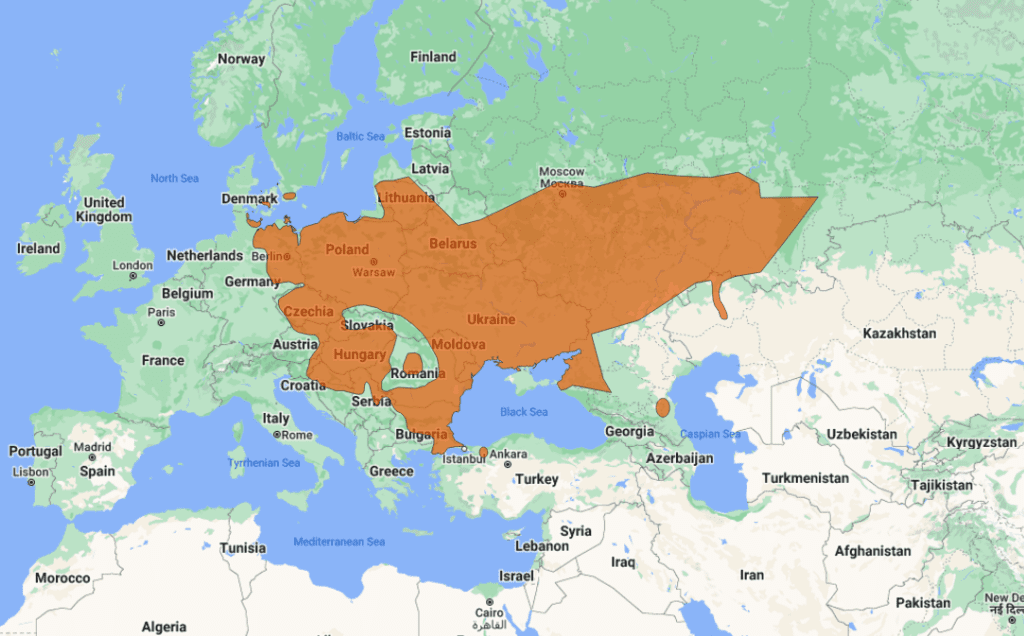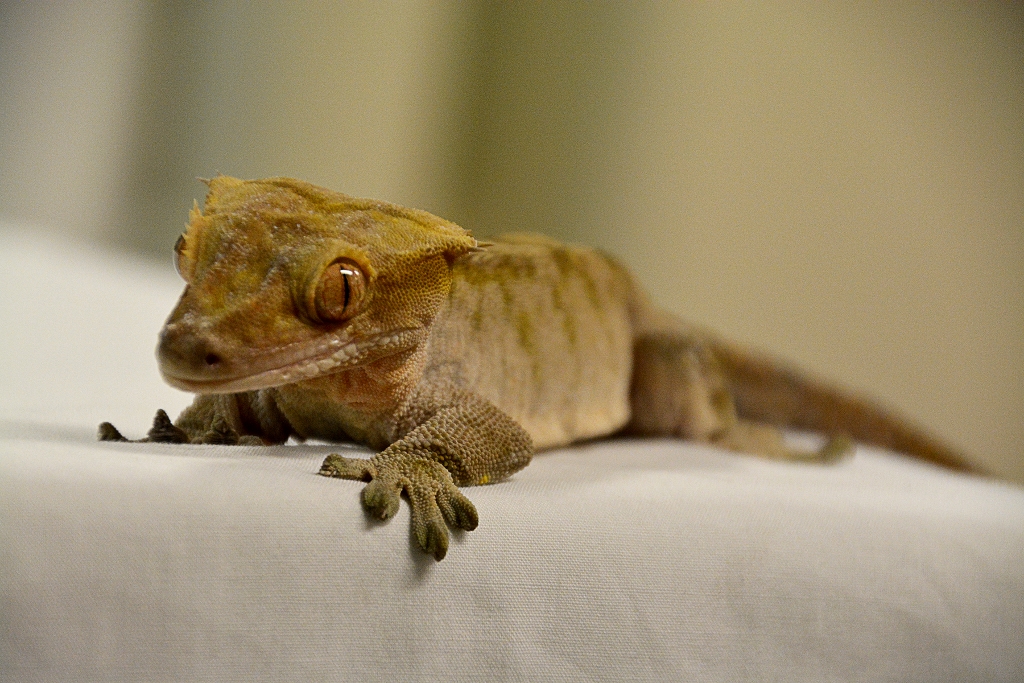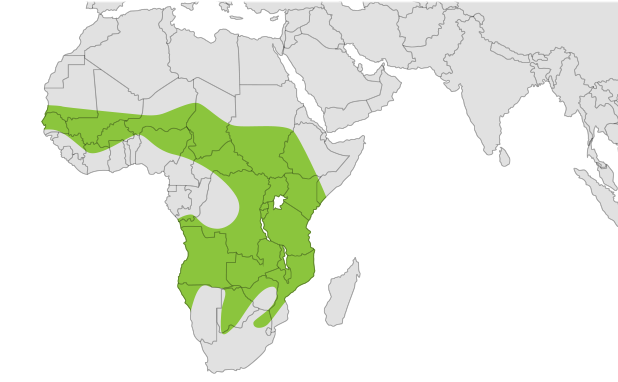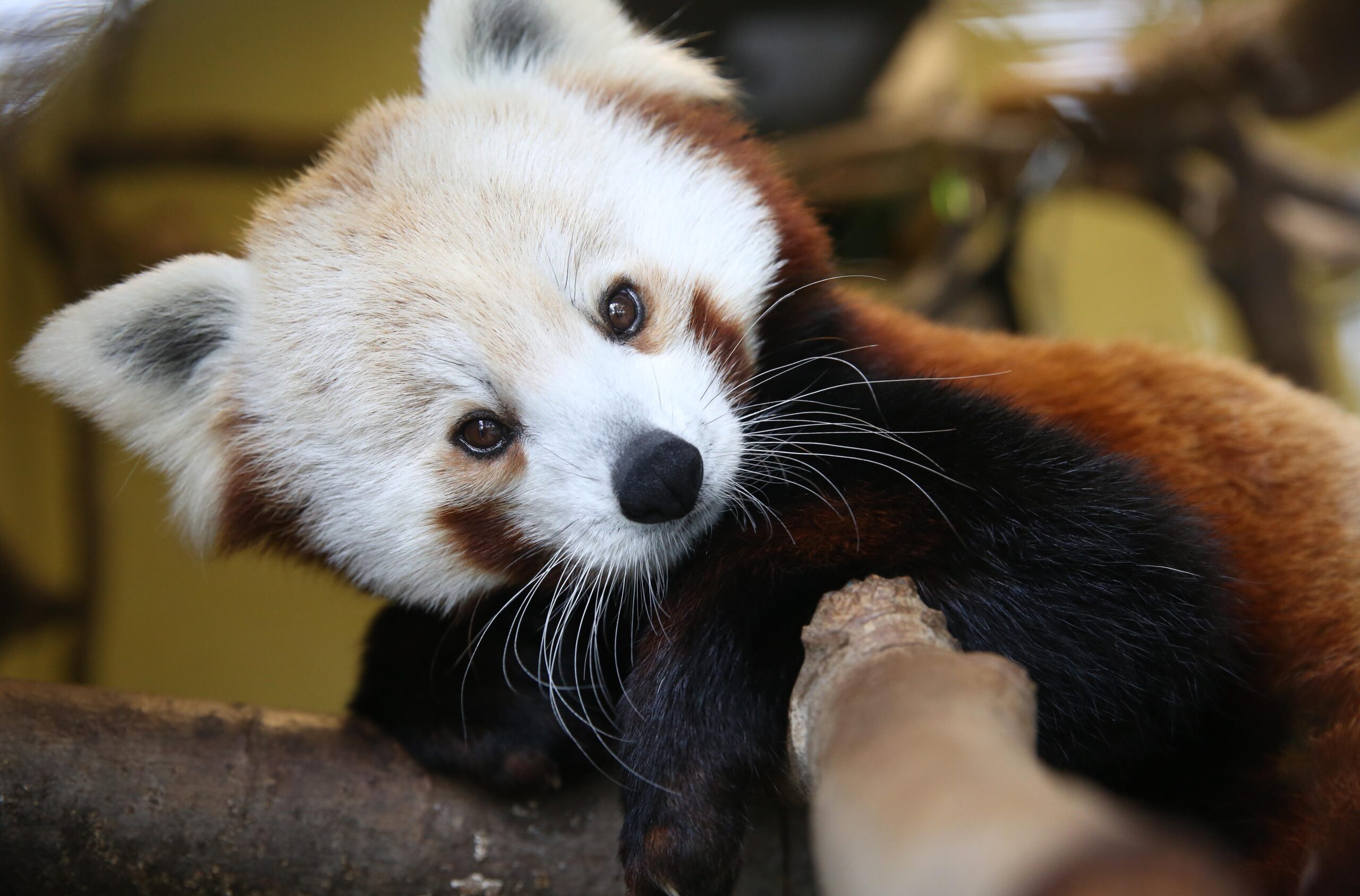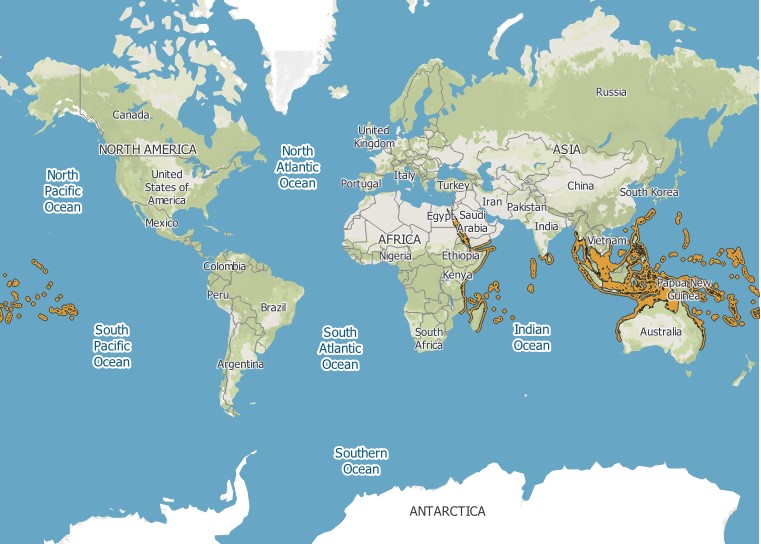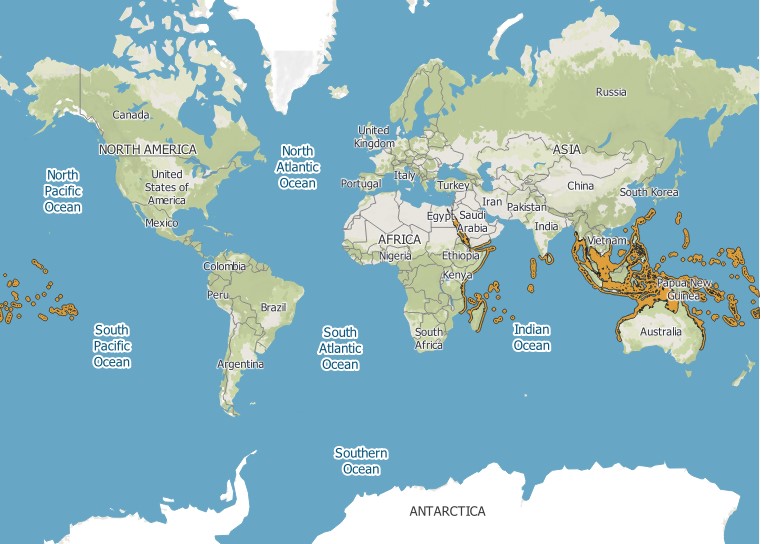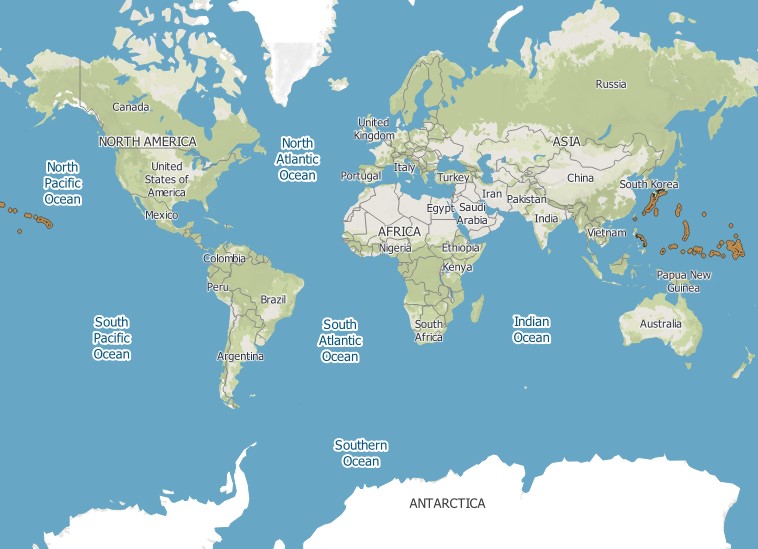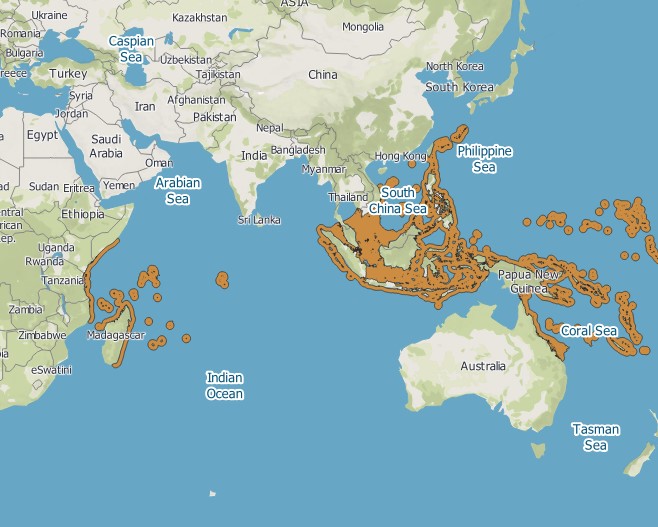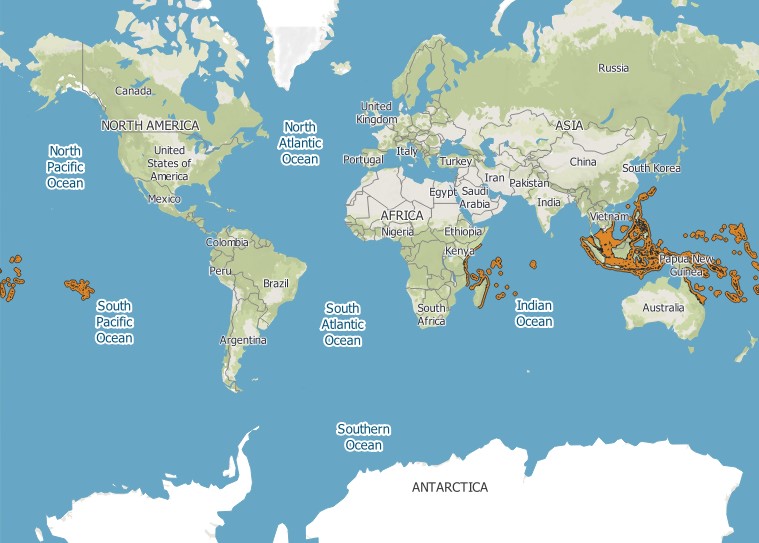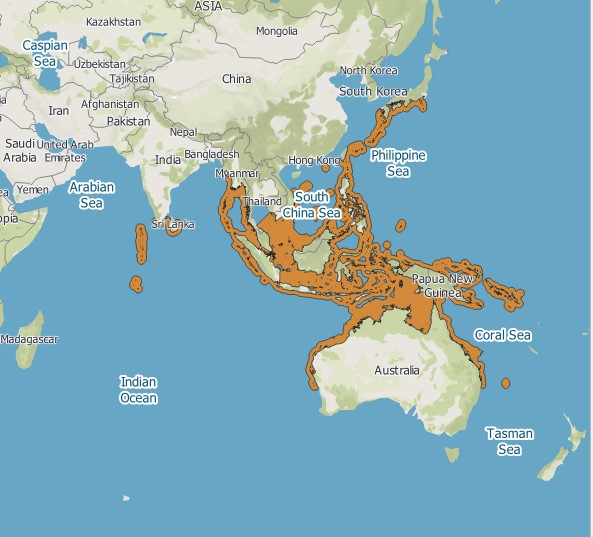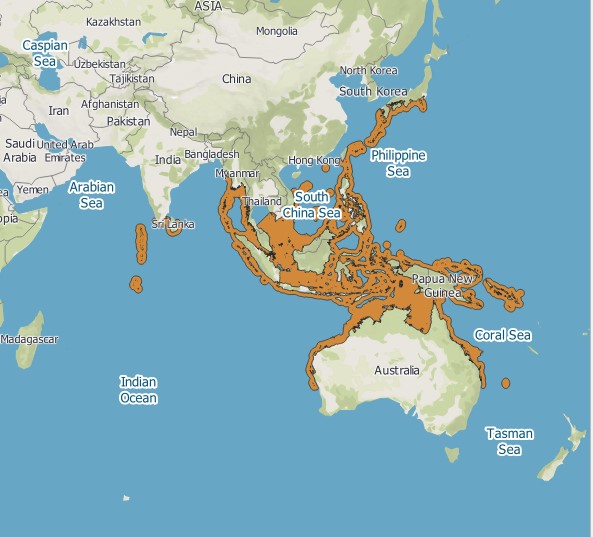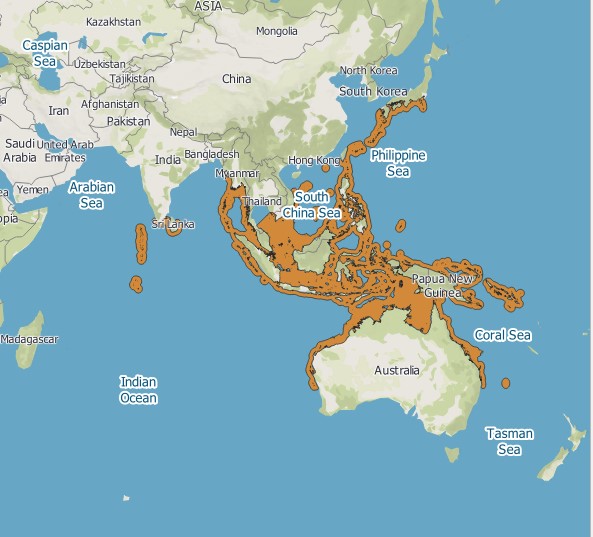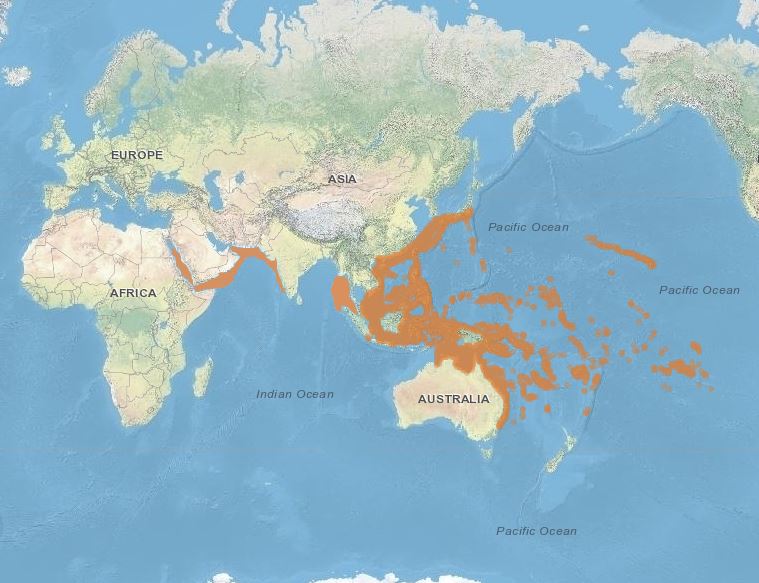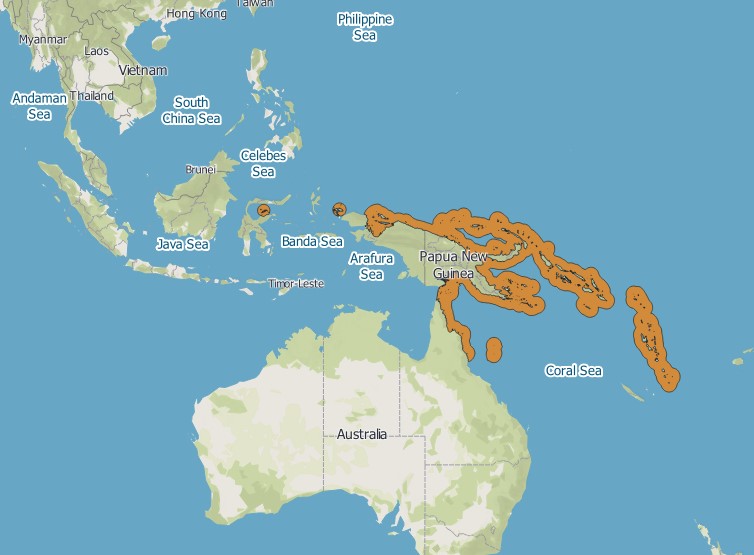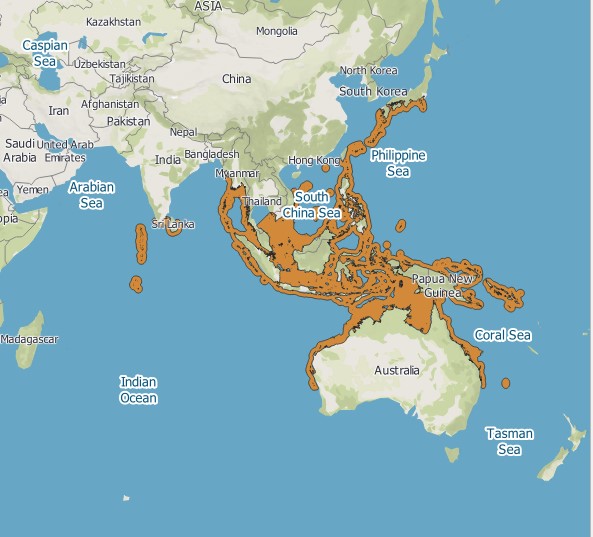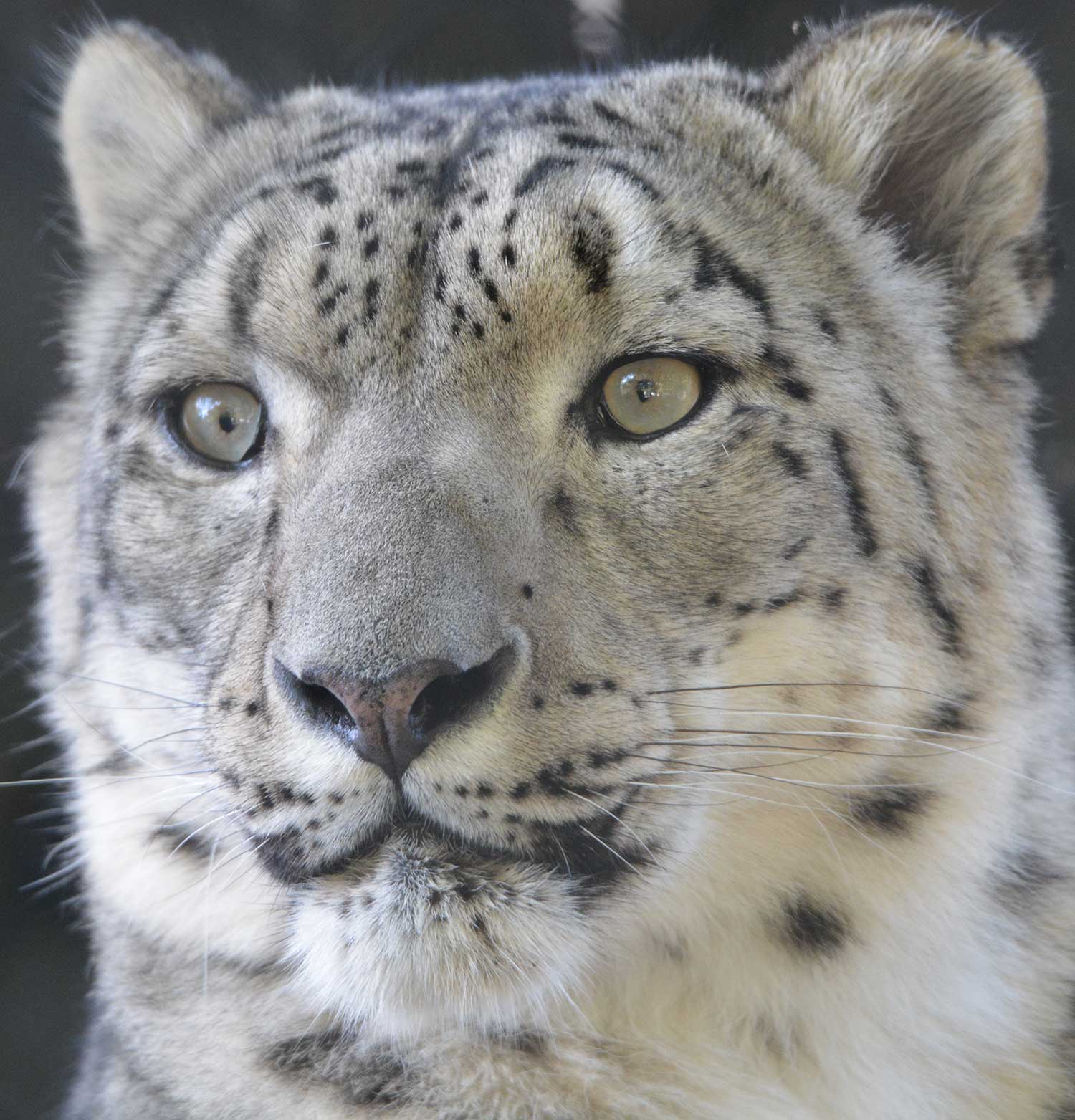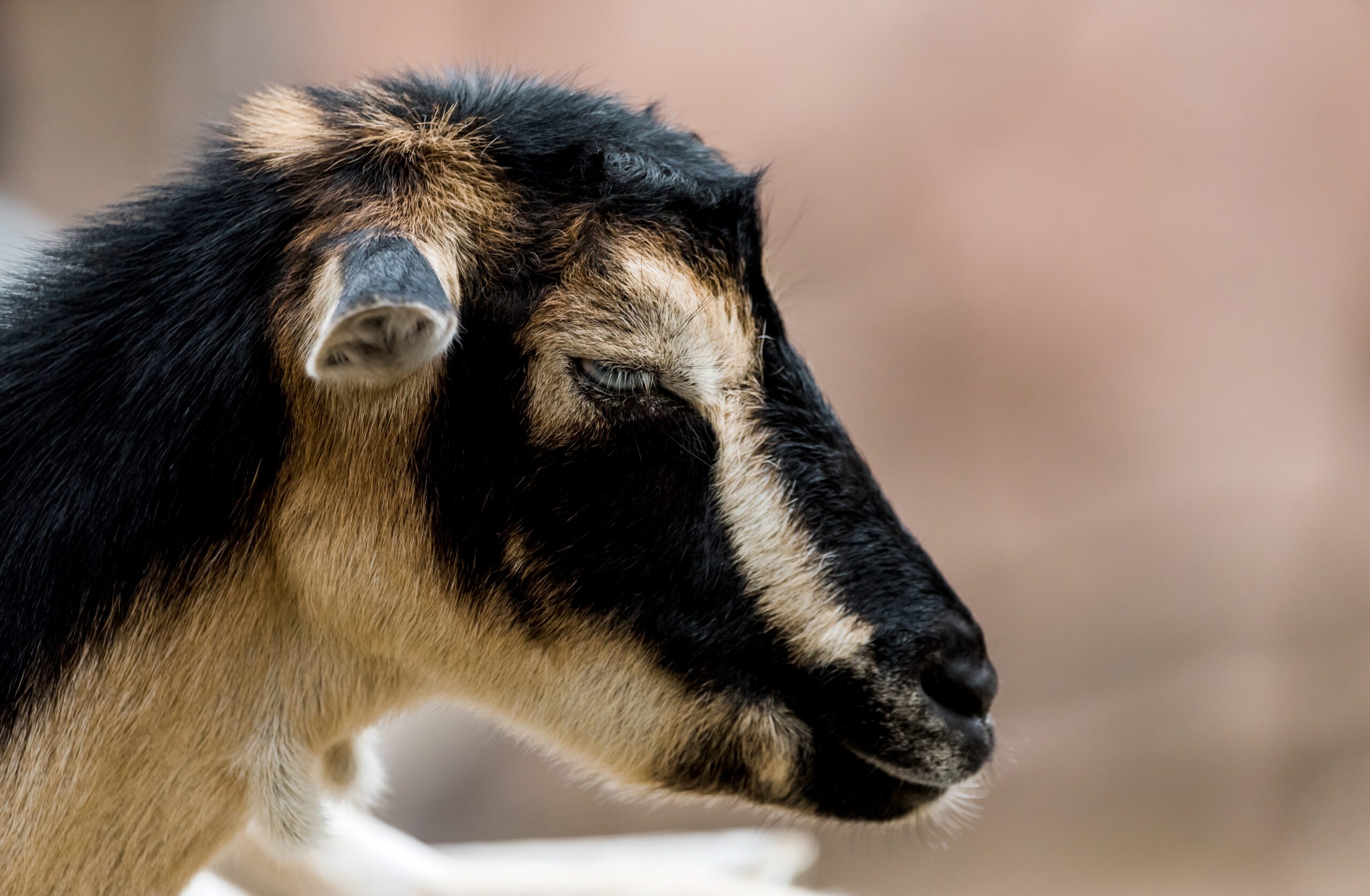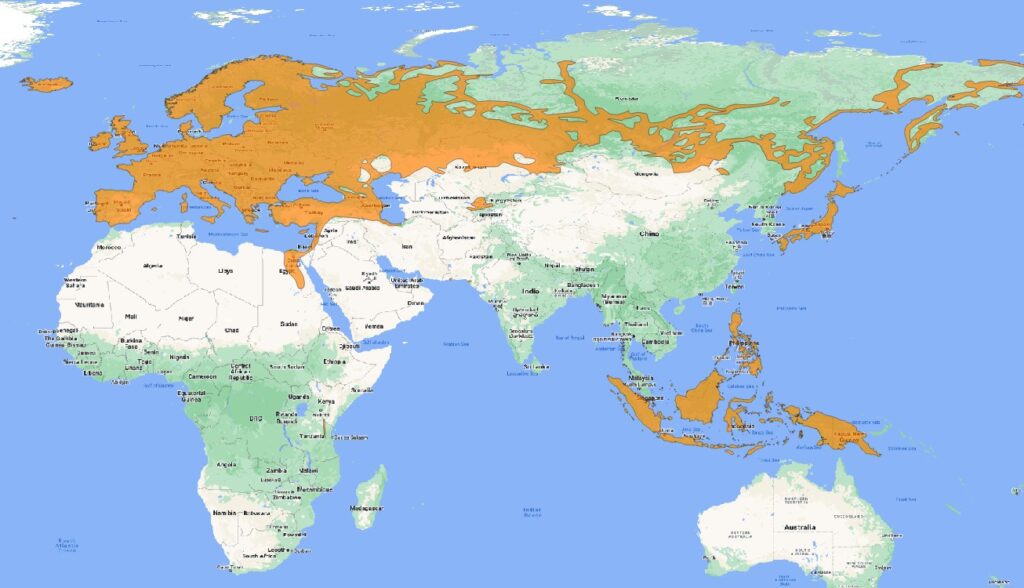Asian Spiny Toad
The Zoo is home to three Asian common toad, also known as spiny toad. This species resides in our Ambassador Animal collection.
Animal Facts
Asian common toads are stout, mid to large sized toads with a modestly sized head and short limbs. They have thick dry skin with prominent cranial ridges and protruding parotid glands that secretes their bufotoxin.
Colors can be extremely variable from plain brick red to fully black, with the most common colors being pale yellow brown marked boldly with dark or reddish-brown streaks and spots.
Their backs are covered with a series of warts varying in sizes and are encircled with black or dark pigments and spine protrusions.
When it comes to choosing habitats, they prefer lowland areas such as lowland disturbed forests, forest margins, riparian areas, dense evergreen forests, gardens, and human dominated agricultural and urban areas.
Asian common toads are nocturnal, coming out shortly after sunset in search of insects to feed on. In human inhabited areas, large groups can be seen below streetlights collect the insects swarming around the lights.
Diet
Insectivore. Insects, various arthropods, crickets, mealworms, and occasionally pinkies.
Status in The Wild
- Least Concern
International Union for Conservation of Nature (IUCN) Red List status
This species can be found in temperate, subtropical, and tropical habitats up to 2000 meters (1.24 miles) above sea level. Thier natural range extends Southern China, India, Southeast Asia.
There are no imminent threats to Asian common toad populations. It is sometimes found in the international pet trade but not at levels that constitute a major threat. They are also eaten locally in northern Thailand. Another minor threat would be water pollution having affects on eggs and tadpoles.

